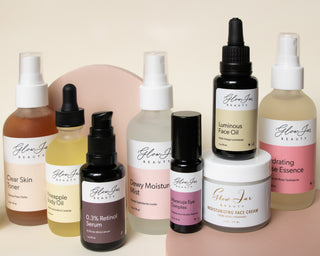

LIVE SHOPPING
Founder Tips & Tricks, Live Demo's & More!
Join Our Newsletter for upcoming live shopping experiences and never miss a glow moment.


LIVE EVENTS
Hosted by Founder Jaime Pereira
Next Live Event Date Coming Soon
🇨🇦 MADE in CANADIAN LABS 🇨🇦 FREE SHIPPING OVER $50
🇨🇦 MADE in CANADIAN LABS 🇨🇦 FREE SHIPPING OVER $50


Join Our Newsletter for upcoming live shopping experiences and never miss a glow moment.


Next Live Event Date Coming Soon
